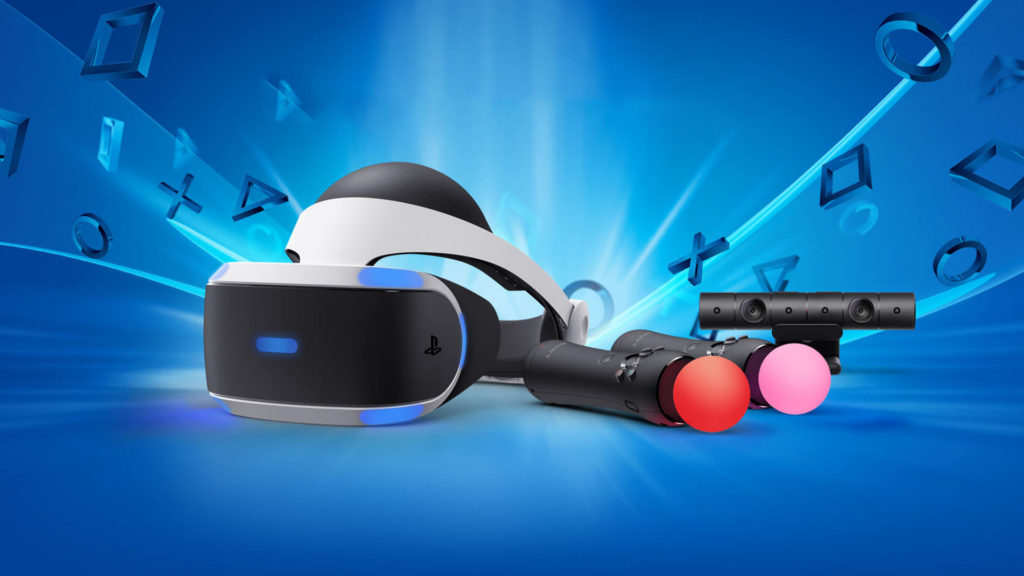For many, this is the week that will fully define virtual reality’s first year as a major trend. Although premium headsets such as the Oculus Rift and the HTC Vive launched earlier this year, their high price points (not including the cost of powerful PCs and video cards need to operate them), a general shortage of compelling content, and other issues have significantly slowed sales. On the other end of the affordability scale are mobile VR viewers, including the Samsung Gear VR, Google Cardboard and the upcoming Daydream View headsets. Although many agree that mobile viewers are entertaining and offer a strong sense of presence, they pale in comparison to the premium experience.
Therefore, Sony’s PlayStation VR seems like the ideal compromise. Although the headset isn’t cheap at $400, it’s the least expensive of the premium headsets, and it will work on any PlayStation 4 system, which currently has an install base of over 45 million. Furthermore, Sony has worked closely with developers to make sure that there will be over 30 games launching for the headset, including Rise of the Tomb Raider: Blood Ties, Battlezone, and Batman: Arkham VR, with plenty more to come. In total, there are almost 100 games confirmed so far, and many are expected to release before the year’s end.
With accessibility and content both taken care of, and critics giving positive early reviews, the only thing that’s left to do is make sure everyone that owns or is thinking of getting a PlayStation 4 console is aware of the headset and its experience. Unfortunately, one of the biggest challenges VR faces is that the experience can’t be adequately described in a trailer. People need to experience it to understand it.
Retail stores including GameStop and Best Buy have eagerly set aside space to provide customers with a hands-on experience. Sony has brought the device to major video game conventions such as E3 and Gamescom. In one instance, Sony partnered with Taco Bell create a two-day pop-up VR arcade in New York City, where customers had a chance to win a PlayStation VR. Awareness efforts appear to be paying off, considering how GameStop stated that the device was the “quickest sellout in GameStop’s history,” during the company’s second-quarter financial earnings call for the fiscal year 2016. In fact, the headset has been sold out across all major retailers since it first when up for pre-order last March.
However, this success could lead to other problems down the road. Both the Oculus Rift and HTC Vive suffered shipping problems after launching, resulting in many pre-order customers not getting their headsets for weeks or months past their expected delivery date. Clearly, Sony can take steps to avoid delivery problems, but the company’s main issue is that it hasn’t announced when the device will be restocked.
The best way to promote a new console or platform is through word-of-mouth and playing it at a friend’s house, which is hard to do if your friends don’t have it. Demand for the PlayStation VR could turn out one of two ways: it could mirror that of the Nintendo Wii, where low stock created a fervor for the console. However, that would require a kind of “killer app” to help sell the system to a large audience the way Wii Sports did. The other, more likely, scenario is that Sony will have to maintain a strong post-launch promotion throughout the holiday season so that customers remain aware of the device until more PSVRs are made available. It will also be important to keep promoting the PSVR past the new year, when both game and hardware sales traditionally see a post-holiday dip. Otherwise, it could risk losing the launch period momentum.
Sony is in the unique position of capping an end to “the first year of VR,” and the success of the PSVR will be seen by many as a sign of whether VR technology will truly take off or be seen as a passing fad. Unfortunately, the company also has a reputation for not giving peripherals such as the PlayStation Vita, PlayStation Move and PlayStation Eye the marketing attention they needed to take off. The measurement of success can’t be taken until sometime next year, when more games and headsets are available. Until then Sony will have to commit to promoting the PlayStation VR almost much as it does the PlayStation 4 console itself to stay at the top of shopping lists next holiday season.

